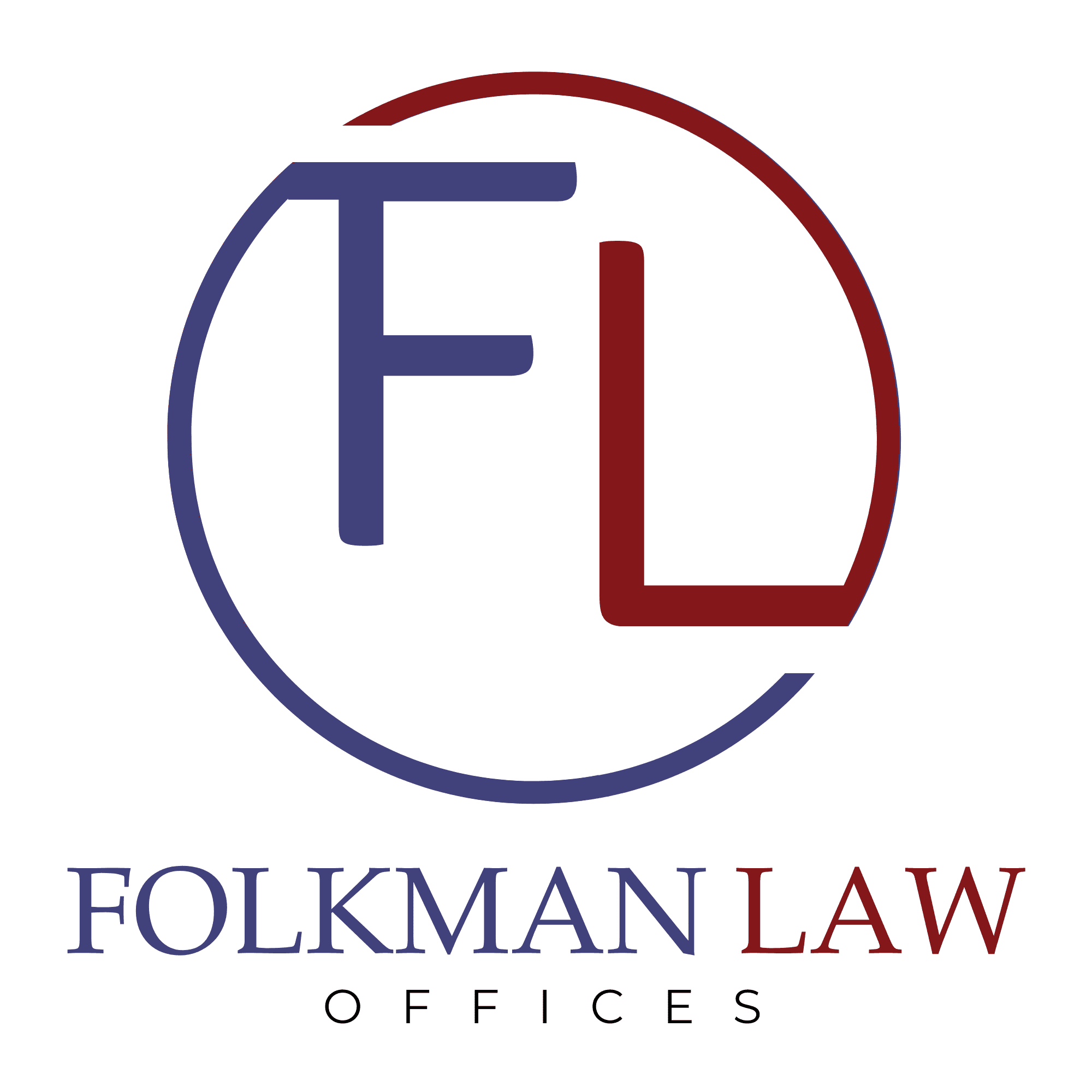On March 27, 2020, the “Coronavirus Aid, Relief, and Economic Security Act“’ (or the “CARES Act“) was signed into law. Out of the approximately $2 trillion relief package, $387 billion has been allocated to provide emergency relief to small businesses across the country. The two main components of the Act that affect small businesses of less than 500 employees are the Economic Injury Disaster Loans (“EIDLs”) and the Paycheck Protection Program (“PPP”).
Economic Injury Disaster Loan Advance
The Small Business Administration’s (“SBA”) EIDL program is authorized under Section 7(b)(2) of the Small Business Act of 1953 and was created to assist businesses, renters, and homeowners located in regions affected by declared disasters. The CARES Act provides $10 billion to expand the EIDL program and relaxes certain eligibility requirements. In addition, the CARES Act includes an emergency grant provision that allows applicants to request that the SBA provide an immediate advance of up to $10,000 within three days of their application in order get money into the hands of small businesses as soon as possible.
Who Is Eligible?
In general, all of the following entities that have suffered substantial economic injury caused by a disaster provided they were in existence on January 31, 2020:
- Businesses with fewer than 500 employees
- Cooperatives, ESOPs, and tribal small businesses with fewer than 500 employees
- Sole proprietors
- Independent contractors
- Most private nonprofits
What Are the Loan Parameters?
- The maximum EIDL is a $2 million working capital loan at a rate of 3.75% for businesses and 2.75% for non-profits with up to a 30-year term
- Payments are deferred for one year
- Up to $200,000 can be approved without a personal guarantee
- Approval can be based on a credit score and no first-year tax returns are required
- Borrowers do not have to prove they could not get credit elsewhere
- No collateral is required for loans of $25,000 or less. For loans of more than $25,000, general security interest in business assets will be used for collateral instead of real estate
- The borrowers must allow the SBA to review its tax records
EIDL Emergency Grant
- Eligible applicants for an EIDL can receive a $10,000 emergency grant within three days of application (through Dec. 31, 2020)
- There is no obligation to repay the grant if it is received
- It is not necessary to have an approved EIDL loan; however, the $10,000 grant will be subtracted from the forgiveness amount under the PPP
How To Apply?
Apply online at SBA.gov/disaster
Payment Protection Program
The CARES Act expands the SBA’s Business Loan Program under Section 7(a) of the Small Business Act to provide small businesses with eight weeks of cash-flow assistance through federally guaranteed loans. Loans under PPP will be 100 percent guaranteed by SBA, and the full principal amount of the loans may qualify for loan forgiveness. While the program is open until June 30, 2020, the government is advising borrowers to apply as soon as possible given the loan cap on the program.
Who Is Eligible?
Small businesses, sole proprietorships, nonprofits, independent contractors, and self-employed individuals can all qualify for PPP loans they were in operation on February 15, 2020, and either had employees or independent contractors for whom they paid salaries or 1099 compensation.
How To Calculate the Maximum Loan Amount
Loans can be up to 2.5 times the borrower’s average monthly payroll costs, not to exceed $10 million. Under the Final Interim Rules, average monthly payroll costs are calculated as follows:
- Aggregate payroll costs (defined in detail below) from the last twelve months for employees whose principal place of residence is the United States.
- Subtract any compensation paid to an employee in excess of an annual salary of $100,000 and/or any amounts paid to an independent contractor or sole proprietor in excess of $100,000 per year.
- Calculate average monthly payroll costs (divide the amount from Step 2 by 12).
- Multiply the average monthly payroll costs from Step 3 by 2.5.
- Add the outstanding amount of an EIDL made between January 31, 2020 and April 3, 2020, less the amount of any emergency “advance” (because it does not have to be repaid).
Payroll costs:
[C]onsist of compensation to employees (whose principal place of residence is the United States) in the form of salary, wages, commissions, or similar compensation; cash tips or the equivalent (based on employer records of past tips or, in the absence of such records, a reasonable, good-faith employer estimate of such tips); payment for vacation, parental, family, medical, or sick leave; allowance for separation or dismissal; payment for the provision of employee benefits consisting of group health care coverage, including insurance premiums, and retirement; payment of state and local taxes assessed on compensation of employees; and for an independent contractor or sole proprietor, wage, commissions, income, or net earnings from self-employment or similar compensation.
Payroll costs exclude:
- Any compensation of an employee whose principal place of residence is outside of the United States;
- The compensation of an individual employee in excess of an annual salary of $100,000, prorated as necessary;
- Federal employment taxes imposed or withheld between February 15, 2020 and June 30, 2020, including the employee’s and employer’s share of FICA (Federal Insurance Contributions Act) and Railroad Retirement Act taxes, and income taxes required to be withheld from employees; and
- Qualified sick and family leave wages for which a credit is allowed under sections 7001 and 7003 of the Families First Coronavirus Response Act (Public Law 116–127).
How Can the Funds Be Used?
75% of the funds must be used to fund payroll and employee benefits costs. The remaining 25% may be spent on:
- Mortgage interest payments
- Rent and lease payments
- Utilities
Will the Loan Be Forgiven?
A borrower is eligible for loan forgiveness equal to the amount the borrower spent on the following items during the eight week period beginning on the date of the origination of the loan:
- Payroll costs (using the same definition of payroll costs used to determine loan eligibility)
- Interest on the mortgage obligation incurred in the ordinary course of business
- Rent on a leasing agreement
- Payments on utilities (electricity, gas, water, transportation, telephone, or internet)
- For borrowers with tipped employees, additional wages paid to those employees
The loan forgiveness cannot exceed the principal. The amount of loan forgiveness calculated above is reduced if there is a reduction in the number of employees or a reduction of greater than 25% in wages paid to employees.
How To Apply?
You can apply through any existing SBA 7(a) lender or other participating lender. Consult with your local lender as to whether it is participating.
Complementary Webinar
On Wednesday, April 8, 2020, at 1:00 p.m. EDT, Folkman Law and InjuryBoard will be presenting a complementary webinar to help small businesses in our community understand and take full advantage of the SBA’s Payment Protection Program. The webinar topics will include:
- Payment Protection Program vs. Economic Industry Disaster Loans
- PPP’s Average Monthly Payroll Calculation
- Loan Application Process
- Loan Forgiveness Process
Visit bit.ly/IBSBAPPP2 to register
Contact the Experienced Business Law Attorneys at Folkman Law Today
If you are a small business owner with legal questions about the impact of the novel coronavirus and available state and federal assistance, contact the experienced business law attorneys at Folkman Law. Contact us online or call 856-354-9444 today.



